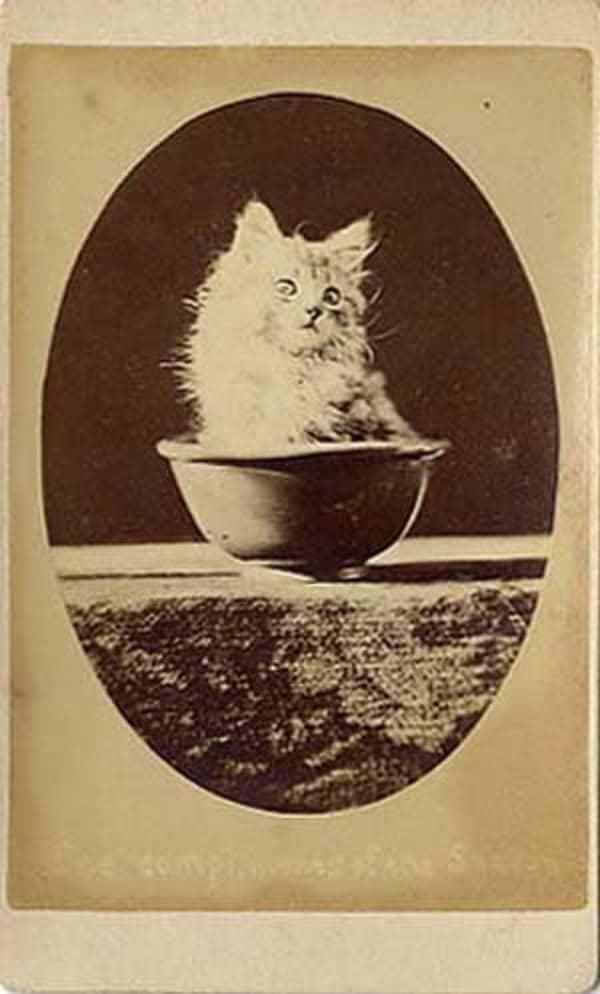Enigmatic and elegant, cats have captivated humans for millennia. From sacred animals in ancient Egypt to viral sensations on the internet, the domestic cat, Felis catus, has evolved from a wild predator into a beloved pet. Unlike dogs, whose domestication was actively guided by humans, cats chose domestication on their own terms. Below are twenty fascinating facts about the rich tapestry of cat history, from their evolutionary roots to their domestication and cultural impact across civilizations.
20. From Wild Hunters to Cuddly Pets

The cuddly tabby’s story begins with its wild ancestors. Modern domestic cats descend from a species of wildcat known as Felis lybica, or the African wildcat. Solitary and stealthy hunters, they still roam the savannas and deserts of Africa and the Middle East. Genetic studies show that all domestic cats today trace their ancestry to F. lybica, particularly to a population located in the Near East around 9,000 years ago.
Cats are part of the Felidae family, which includes lions, tigers, leopards, and cheetahs. They are obligate carnivores with finely tuned hunting skills, a trait that was crucial for their eventual relationship with humans. As seen below, the transition from wildcat to domestic companion was less about human intervention, and more about mutual benefit.



